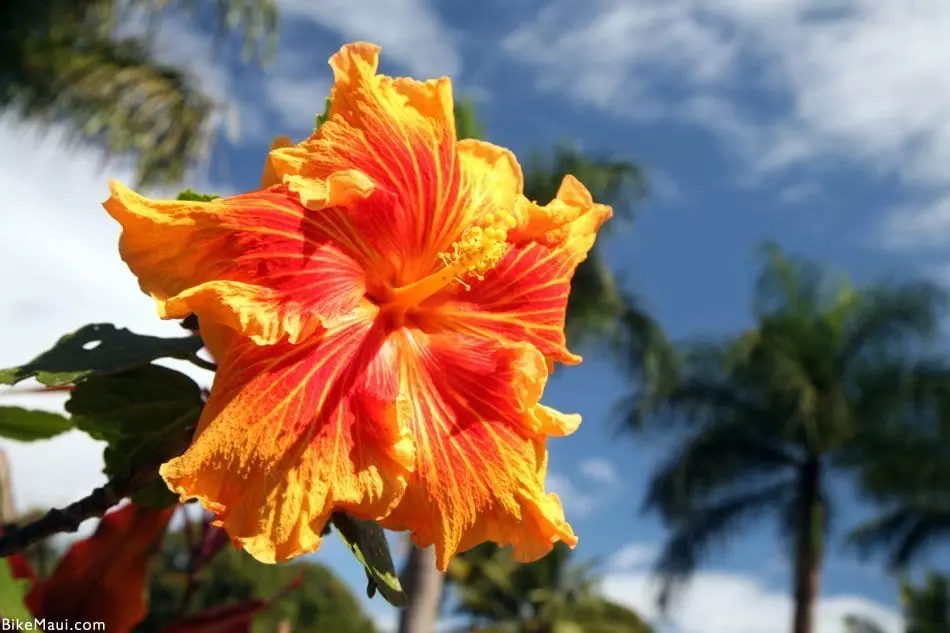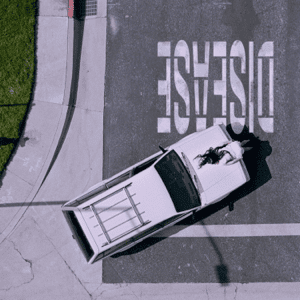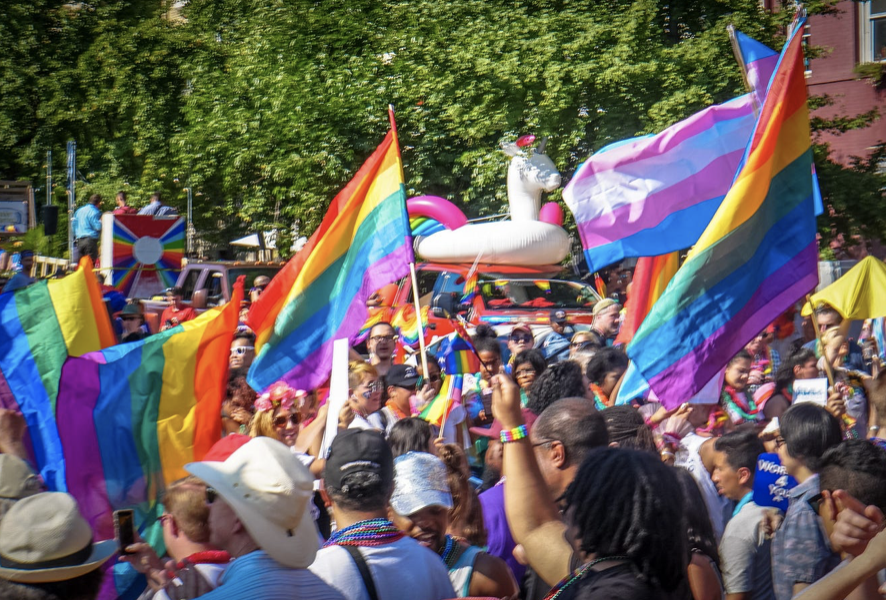Seeing a hibiscus is a common occasion when viewing warm and tropical areas of the world. In this day and age, many people associate the perennial with Polynesian culture. With many countries and states adopting the flower as their national flower, it is amusing to see how hibiscus is viewed in different perspectives of the world. For instance, Hawaii coined the yellow hibiscus, more so the Hibiscus brackenridgei, as its national flower whereas South Korea claimed the Hibiscus syriacus (mugunghwa).
Hawaiian natives consider the flower to be a key staple of their culture, with multiple opportunities to capitalize on this. Because the blooming season takes place during the early spring, these flowers are handled with great delicacy. Hibiscus is native to most of Asia and the Pacific Islands, but Hawaii is one of the exceptions seeing that they have five species native to Hawaii herself. No matter wherever you find this plant, there will always be a certain fact: its beauty is recognized through widespread appreciation.
The hibiscus in Korean romanization is called the mugunghwa. In Korean culture, this flower is viewed as an object of deep affection. Mugunghwa translates to “eternal blossom that never fades,” and this definition has been held close to the country’s history. Before the Gojoseon era (the ancient Korean kingdom), the mugunhwa was viewed as a “blossom from heaven.” Contrary to the yellow hue of the Hawaiian hibiscus, the korean hibiscus is a light shade of purple, with the inner center being close to red and the outer petals being white.
I personally love hibiscus tea or karkadé hence this entire article. For being middle eastern and north african, hibiscus tea is practically a delicacy found in Egypt and Sudan. Hibiscus is an important flower in multiple cultures, and I’m glad that each culture finds different ways to appreciate the perennial.








